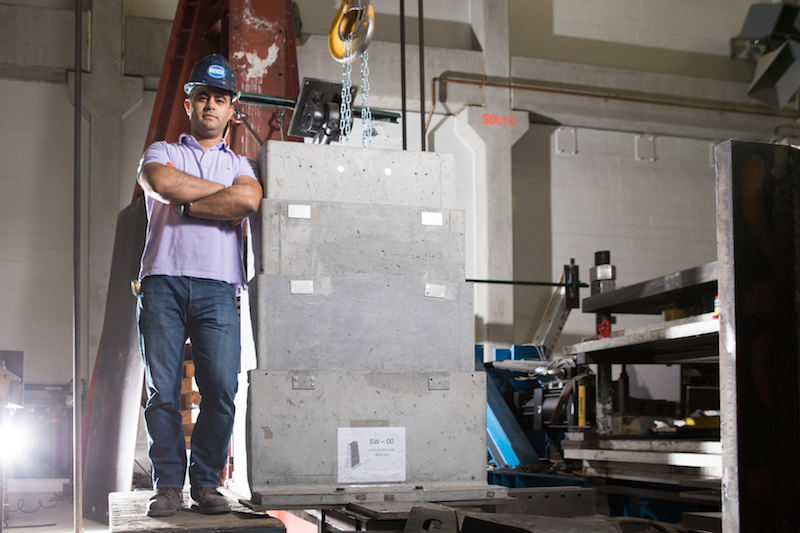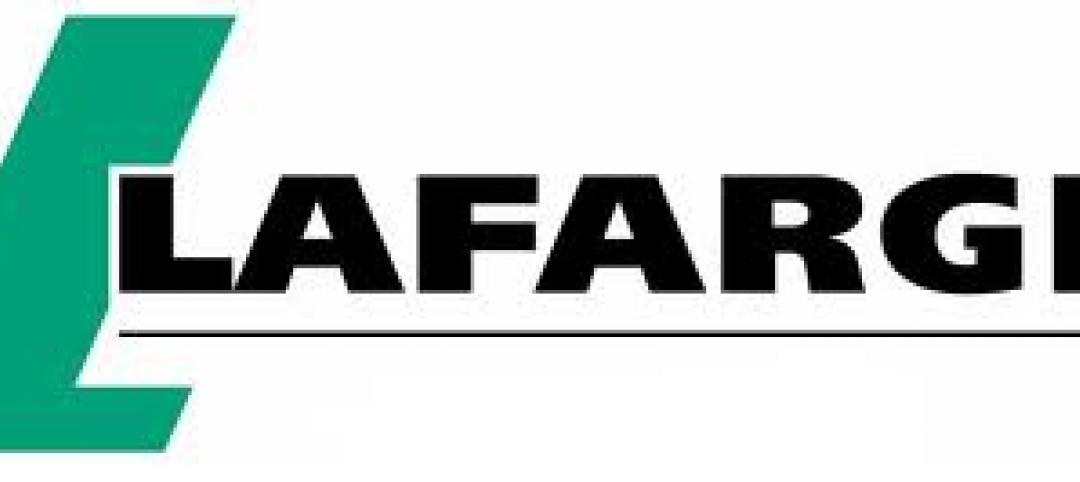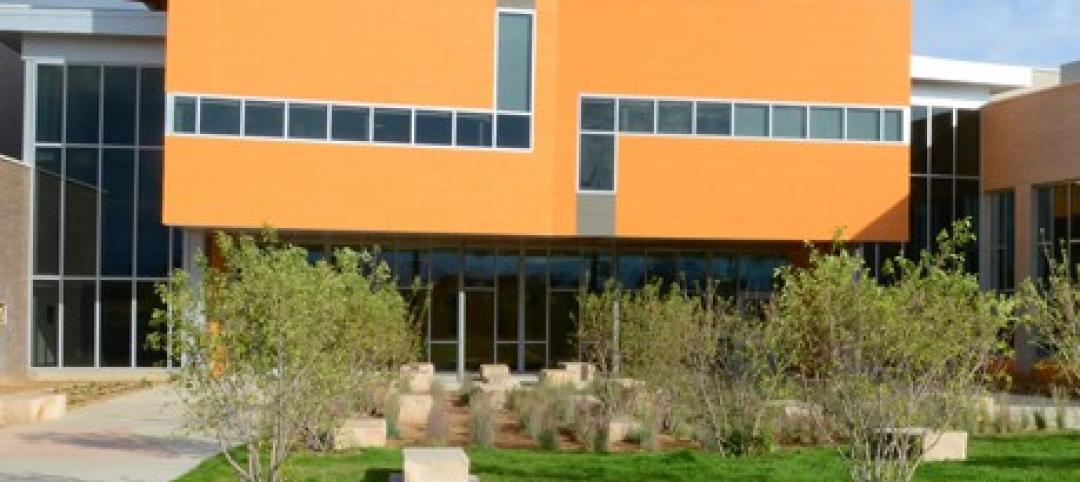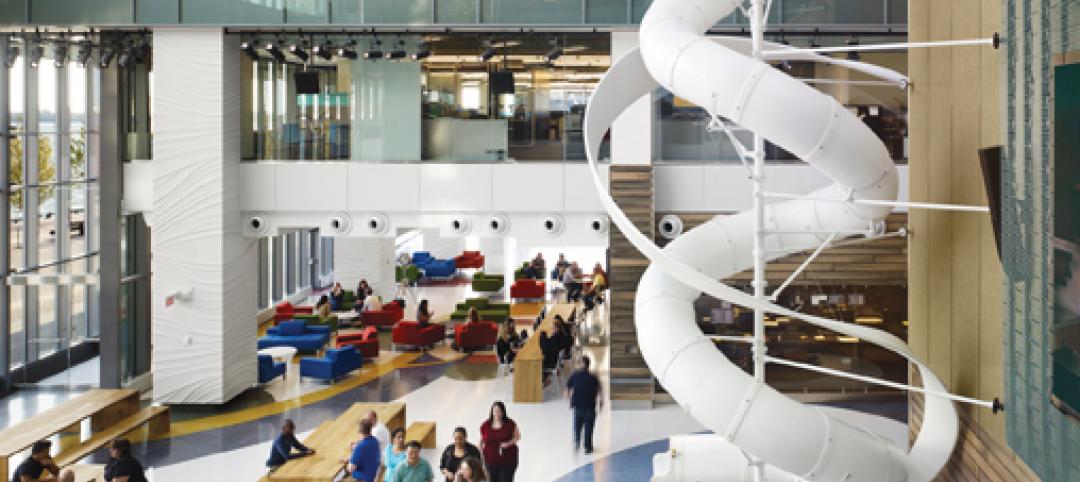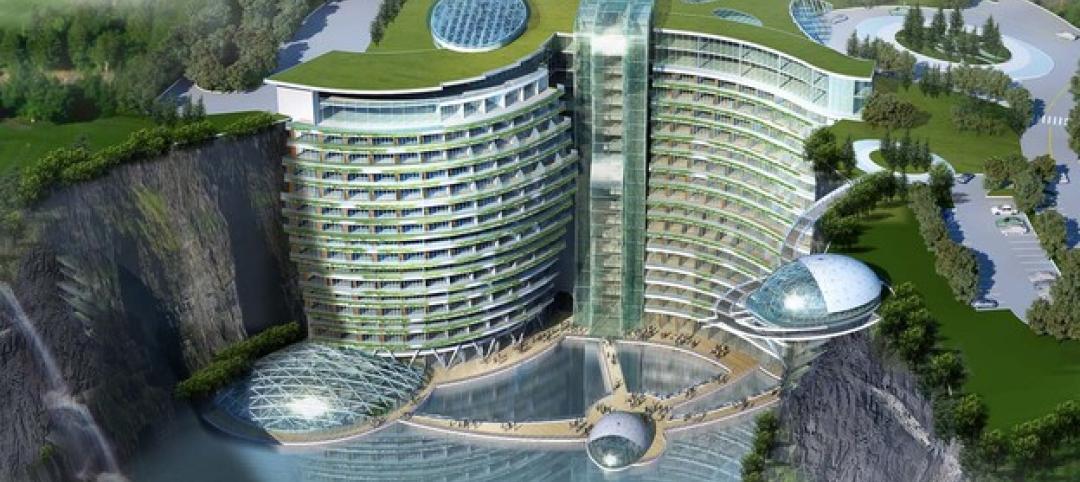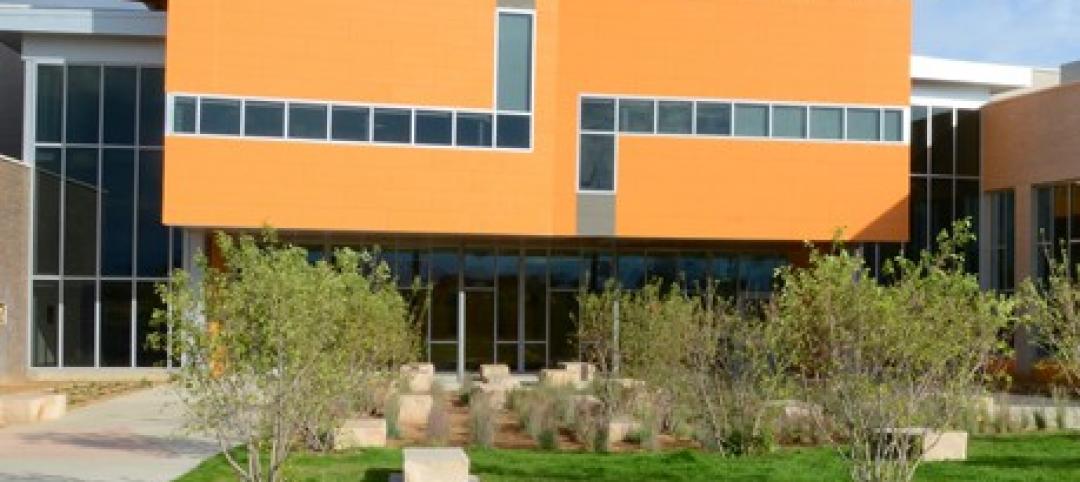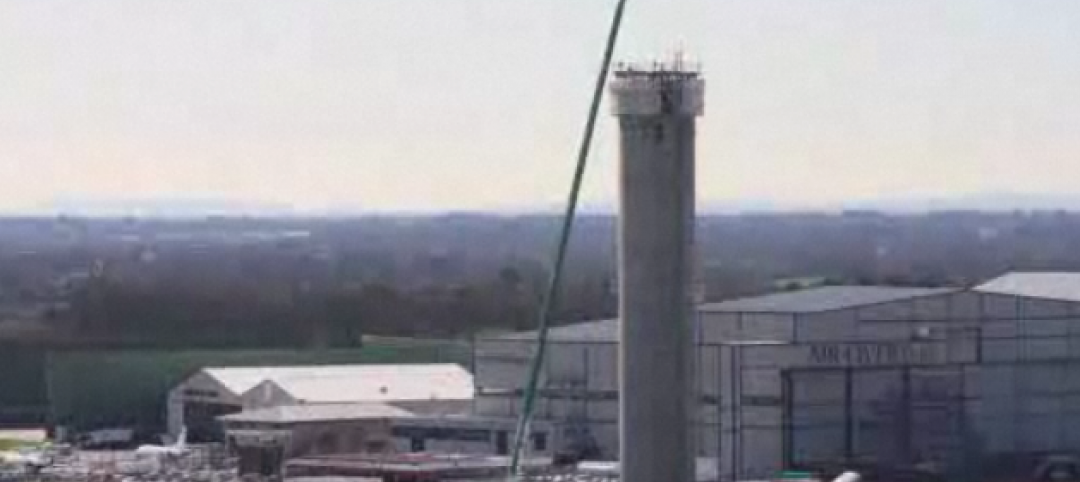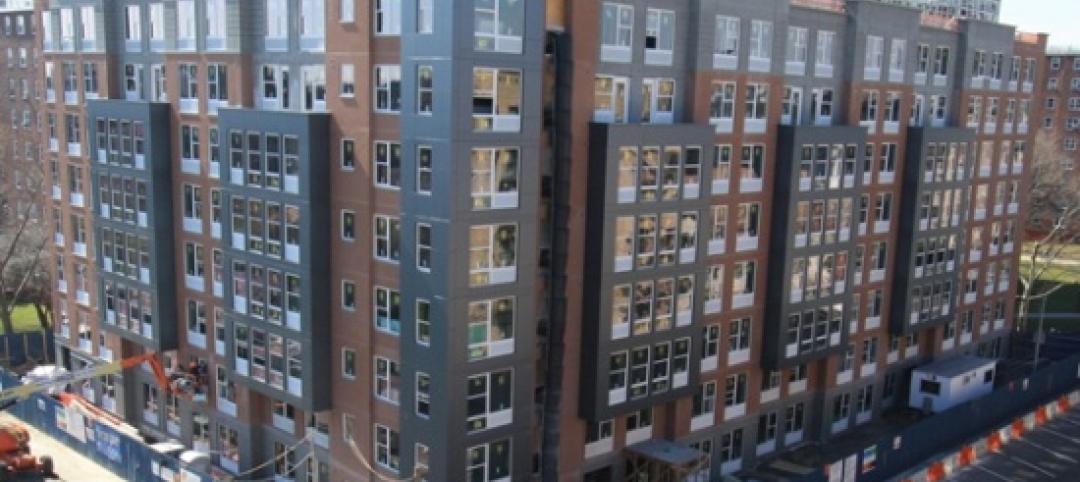Water is often times considered to be the most powerful force on the planet. Which means, under the right circumstances, it can also be the most destructive. All you have to do is watch footage from the tsunami that occurred in Japan in 2011 to understand just how devastating a force it can be. And when the water begins rising, be it from an ocean, lake, or river, it can seem like there is no stopping it from its relentless march forward. Jorge Cueto, a Ph.D. candidate at the University of Buffalo, however, has come up with an invention to try and do just that: stop floodwaters before they can ever reach homes or businesses.
Cueto came up with a patent-pending system of telescoping fiber-reinforced concrete boxes that he hopes to develop into “rise on demand” floodwalls. Think of Russian nesting dolls, but with concrete blocks.
Each section of the wall rises from another section that is just a little larger. Using a telescopic design such as this means that when the floodwalls are not needed, they will be able to retract underground so as not to block water views or roads and sidewalks, such as those around hospitals, that cannot be permanently blocked.
In order to keep the water from flooding into any open cracks that may result from where each block meets the one above and below it, Cueto is in the process of developing a system of gaskets to make the walls water tight. He is also working on expandable flaps to cover the space between each wall section.
Much of the science and plenty of technical aspects still need to be worked out before Cueto’s telescopic walls find a real-world use, but the main idea is in place and, if successful, Cueto’s invention could help prevent millions of dollars worth of damages due to floods.
For the full story, click here.
Related Stories
| Apr 18, 2012
Lafarge moving North American headquarters to Illinois
Lafarge CEO John Stull says the factors in their decision were location in the Midwest and area transportation.
| Apr 17, 2012
FMI report examines federal construction trends
Given the rapid transformations occurring in the federal construction sector, FMI examines the key forces accelerating these changes, as well as their effect on the industry.
| Apr 16, 2012
University of Michigan study seeks to create efficient building design
The result, the researchers say, could be technologies capable of cutting the carbon footprint created by the huge power demands buildings place on the nation’s electrical grid.
| Apr 4, 2012
Educational facilities see long-term benefits of fiber cement cladding
Illumination panels made for a trouble-free, quick installation at a cost-effective price.
| Apr 3, 2012
Luxury hotel 'groundscraper' planned in abandoned quarry
Would you spend $300 a night to sleep underground? You might, once you see the designs for China's latest hotel project.
| Apr 3, 2012
Educational facilities see long-term benefits of fiber cement cladding
Illumination Series panels made for a trouble-free, quick installation at a cost-effective price. The design for Red Hawk Elementary School stems from the desire to create a vibrant place for kids to learn. In an effort to achieve this design, RB+B Architects selected Nichiha USA to provide a durable yet modern, contemporary exterior finish.
| Mar 29, 2012
U.K.’s Manchester Airport tower constructed in nine days
Time-lapse video shows construction workers on the jobsite for 222 continuous hours.
| Mar 27, 2012
Precast concrete used for affordable, sustainable housing in New York
Largest affordable housing development in the nation will provide housing for close to 500,000 people.
| Mar 16, 2012
Stego embarks on HPD Pilot Program
Vapor barrier manufacturer strives to provide better green choices to designers and builders.


